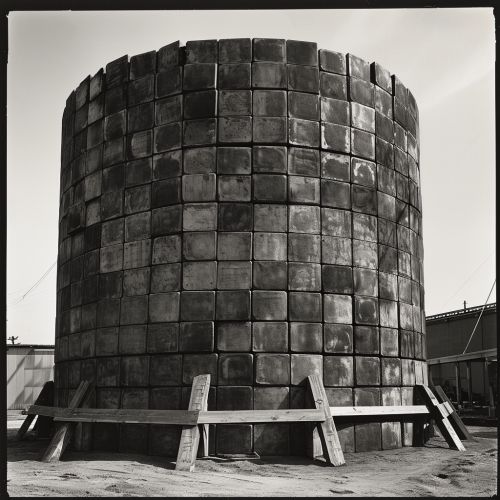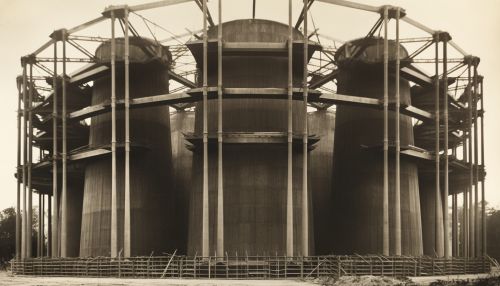Chicago Pile-1
History
The history of Chicago Pile-1 (CP-1) begins with the discovery of nuclear fission in 1938 by German chemists Otto Hahn and Fritz Strassmann. This discovery was soon followed by the realization that a nuclear chain reaction could be possible, leading to the release of a large amount of energy. This concept was further developed by Hungarian physicist Leó Szilárd, who was living in the United States at the time.
In 1942, a team of scientists led by Italian physicist Enrico Fermi at the University of Chicago began to construct the world's first nuclear reactor, later known as Chicago Pile-1. The project was part of the larger Manhattan Project, which aimed to develop the first atomic bomb during World War II.


Design and Construction
The design of CP-1 was relatively simple, yet innovative. It consisted of a large pile of graphite blocks, which served as a neutron moderator, and uranium fuel. The pile was built in a spherical shape to maximize the chances of a sustained chain reaction. The uranium was in the form of both metal and oxide, and was dispersed throughout the pile.
The construction of CP-1 took place in a converted squash court under the west stands of the University of Chicago's Stagg Field. The location was chosen for its relative isolation and the availability of space. The construction process was labor-intensive and required precise arrangement of the graphite blocks and uranium fuel.
Operation
On December 2, 1942, CP-1 achieved the first self-sustaining nuclear chain reaction. The control of the reaction was achieved by manually adjusting the position of cadmium control rods, which absorbed excess neutrons and slowed down the reaction. The experiment lasted for 28 minutes, during which the reactor produced a peak power output of about 200 watts.
The operation of CP-1 marked a significant milestone in the history of nuclear energy. It proved that a controlled nuclear chain reaction was possible, paving the way for the development of nuclear power and the atomic bomb.
Legacy
The legacy of CP-1 is profound and far-reaching. It marked the beginning of the nuclear age, leading to the development of nuclear power and the atomic bomb. The site where CP-1 stood is now a National Historic Landmark, and a monument stands there to commemorate this significant event.
Despite its historical significance, CP-1 also serves as a reminder of the destructive potential of nuclear technology. The development of the atomic bomb, which was made possible by the success of CP-1, led to the bombings of Hiroshima and Nagasaki in 1945, resulting in the deaths of hundreds of thousands of people.
